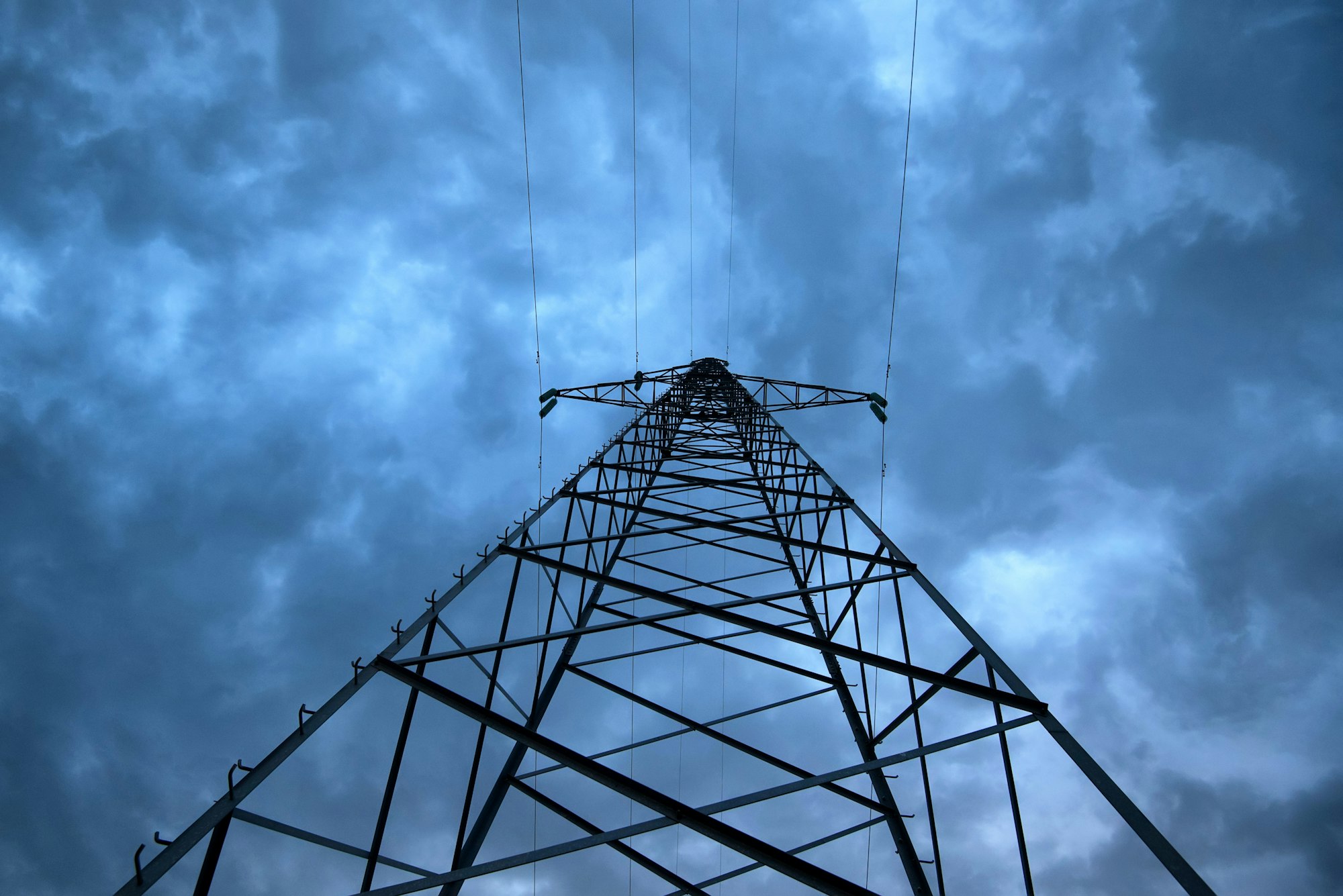Introduction: Why AI Uses So Much Power
Artificial intelligence (AI) is becoming a big part of many areas like healthcare and banking. As AI grows, it needs more power to work. This is causing a problem because our electricity systems were not made for such high power use. Let’s look into why this is happening and what we can do about it.

The Main Problem: AI Loves Power
AI works through huge data centers and servers that do a lot of calculations and store lots of information. These places need a lot of power all the time not just to run the computers but also to keep them cool and stop them from getting too hot.
How Much Power Does AI Really Use?
Studies show that AI uses a lot of power—so much that training one AI model might use as much electricity as 30 American homes do in a whole year! And as more people start using AI, this number will only get bigger.
How AI Affects Electricity Systems
The main issue is that AI can suddenly use a lot of power without warning. This makes it hard to keep the electricity system stable because the power supply needs to be steady and predictable.
Problems with Using Wind and Solar Power
Using renewable energy like wind or solar sounds great because it’s good for the planet, but these energy sources don’t always provide power steadily. They depend on the weather, which can be unpredictable—just like AI’s power use.
Creative Ways to Keep AI Growing Without Hurting Our Planet
Smarter Electricity Networks
One idea is to use smart grid technology. These are advanced electricity networks that can understand and adapt to how much power is being used, which helps keep everything running smoothly.
Making AI More Power-Friendly
Another idea is to make AI algorithms that don’t need as much power. This means AI can do its job without using so much electricity, which is better for the environment.
Conclusion: Keeping AI and Our Planet Happy
AI is growing fast, and it’s important to make sure this doesn’t harm our planet. By using smarter electricity grids and creating less power-hungry AI systems, we can enjoy the benefits of AI without putting too much strain on our electricity supplies. It’s crucial we start these efforts now to ensure a green and efficient future where AI and energy can work together seamlessly.

Frequently Asked Questions About AI and Electricity Use
1. Why does AI need so much electricity?
AI requires a lot of power mainly because of the data centers and servers that run 24/7. These facilities not only need electricity to power their operations but also to cool the systems down to prevent them from overheating. As AI gets involved in more aspects of our lives, from personal assistants to medical diagnostics, the amount of power needed grows significantly, much like how a busy restaurant needs more energy during a rush hour than at a quiet time.
2. How does AI affect our current electricity systems?
AI’s power usage is very unpredictable—it can have sudden spikes in electricity demand that are hard to manage. Our current electricity grids are designed for steady and predictable power use, so these sudden changes can cause problems, such as power outages or instabilities. It’s like having a water system that’s only designed for a steady stream but suddenly faces a flood!
3. What are some solutions to help manage AI’s electricity demand?
There are a couple of promising solutions. First, developing smart grid technology can help. These smarter systems can quickly adjust to changes in electricity demand, just like how a smart thermostat adjusts your home’s temperature based on the weather outside. Another solution is to redesign AI algorithms to be more energy-efficient, which reduces their power consumption and environmental impact. It’s like finding a way to make cars that go just as fast but use less fuel.
Sources BBC


